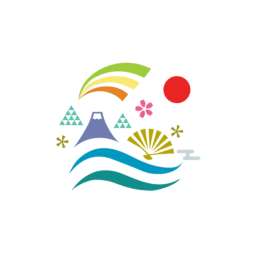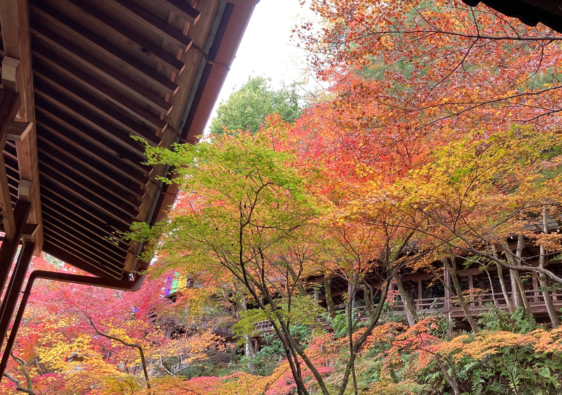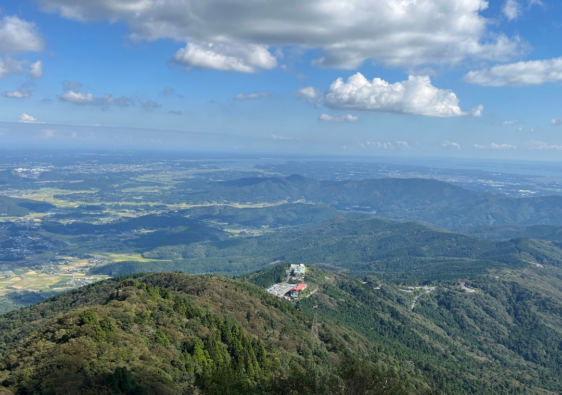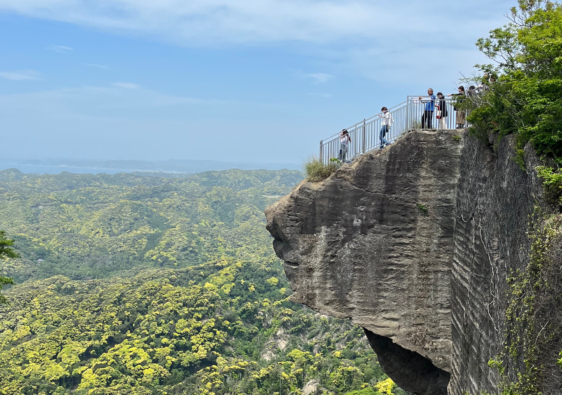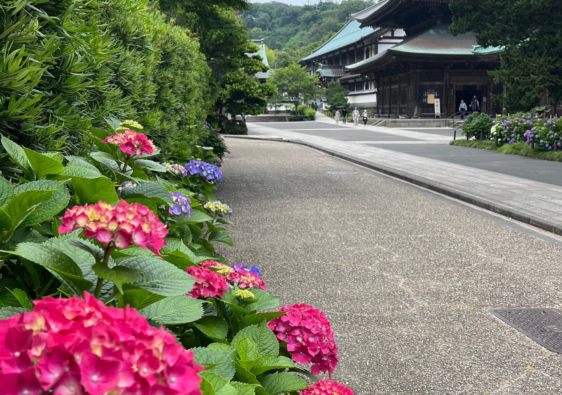Kita-Kamakura is a popular destination for enjoying bright red autumn foliage within an hour of Tokyo.
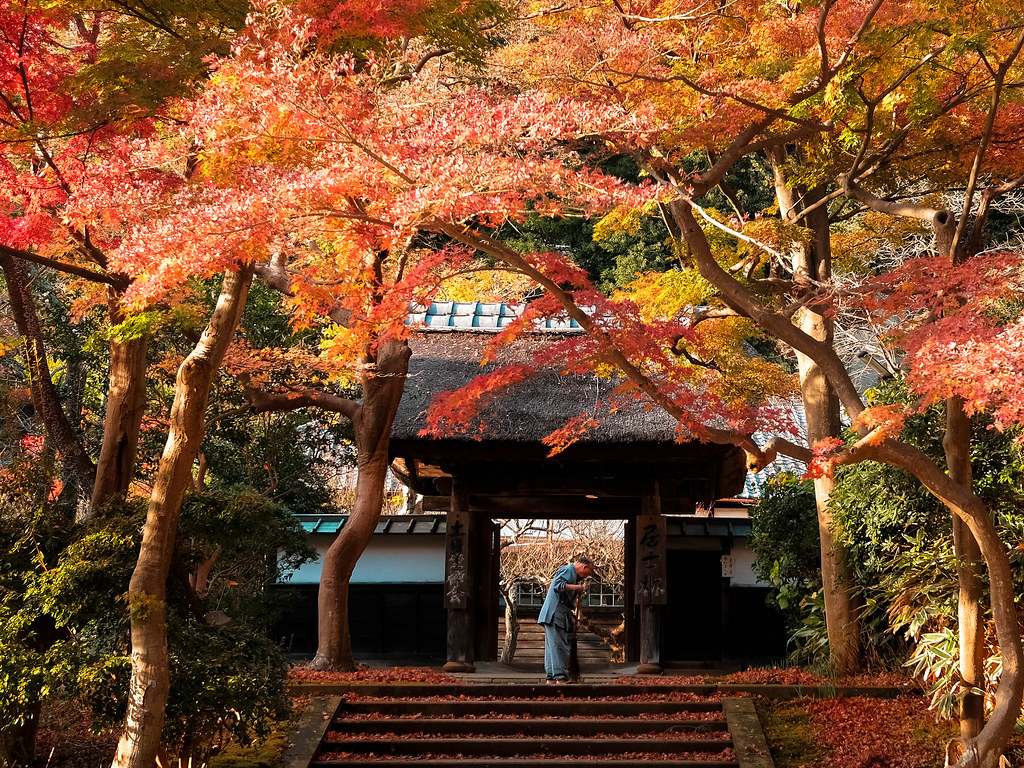
Kamakura is a coastal town in Kanagawa Prefecture, less than an hour south of Tokyo. The town became the political center of Japan when Minamoto Yoritomo chose it as the seat for his new military government in the late 12th century. The Kamakura government continued to rule Japan for over a century, first under the Minamoto shogun and then under the Hojo regents.
Kita-Kamakura is a small neighborhood within Kamakura City. The area is particularly famous for its traditional atmosphere and many temples – a result of being the home base of the Hojo clan, which ruled Japan for over 150 years (1185-1333). Three of these temples are of the five highest-ranking Rinzai Zen temples in Kamakura, known as the Kamakura Five Great Zen Temples or the Kamakura Gozan.
This time, we visited the most famous temple Enkakuji (円覚寺), Meigetuin(明月院), and Kenchoji(建長寺).
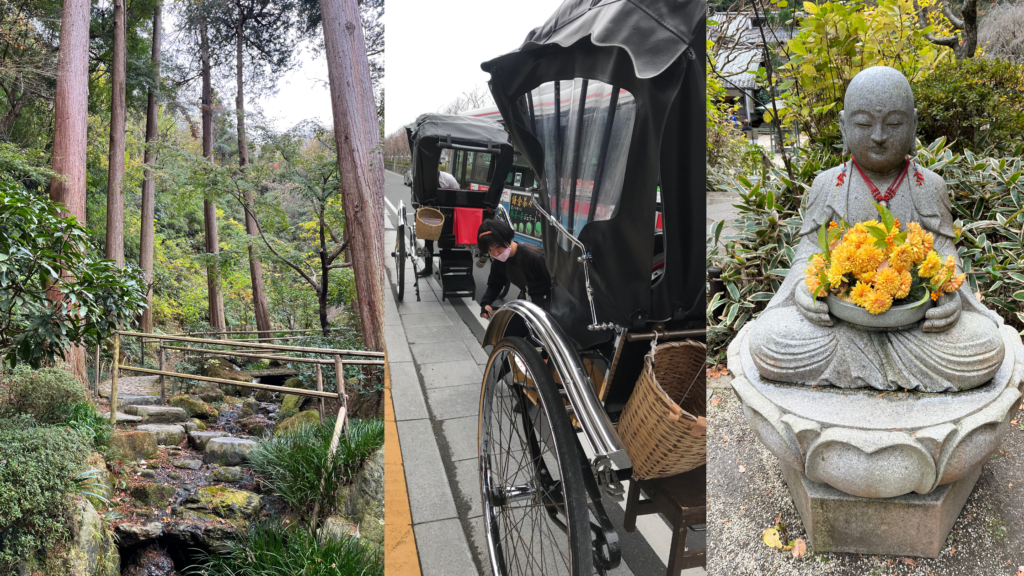
There was amazing scenery for the end of November, the best season for dried red autumn foliage. I recommend visiting in the early morning or staying one night in Kamakura city this season to watch beautiful scenery, avoiding the crowds. Recently, Kamakura has renovated some interesting old houses to be like a homestay, and these are intriguing for those looking for a trip different from the norm.
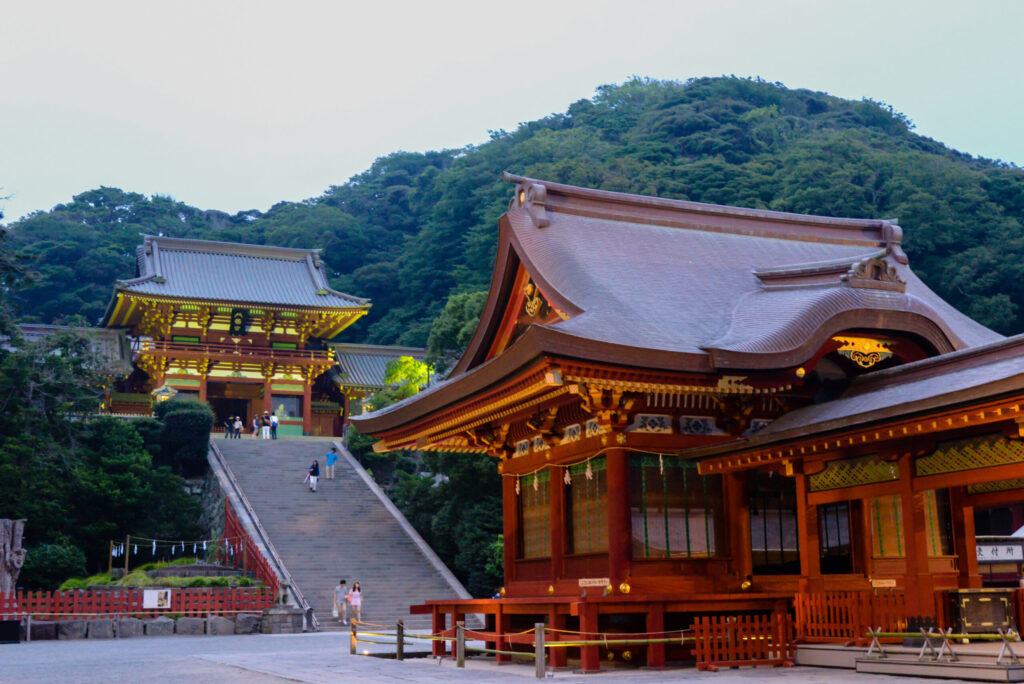
Information on Kamakura is Here.
How to visit Kita-Kamakura
You can take a 60-minute JR train from Shibuya or Shinagawa directly, and Kita-Kamakura is the station after Kamakura. You can also use the Odakyu line via the Enoshima leg.
In just an hour, you will be free from the hustle and bustle of Tokyo.
Engakuji(円覚寺)
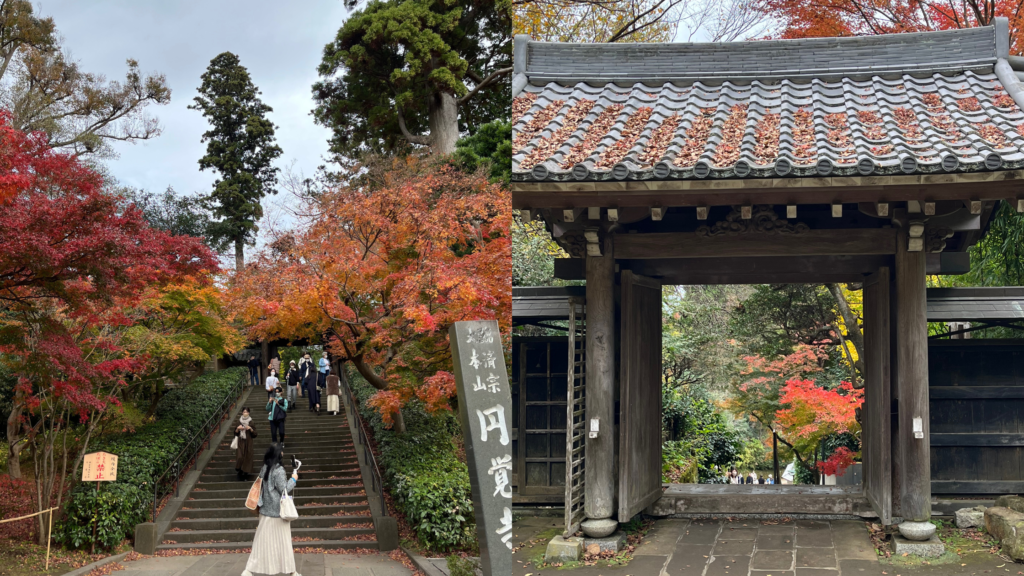
Engakuji (円覚寺) is one of the leading Zen temples in Eastern Japan and the number two of Kamakura’s five great Zen temples. Engakuji was founded by the ruling regent Hojo Tokimune in the year 1282, one year after the second invasion attempt by the Mongols was reverted. One purpose of the new temple was to pay respect to the fallen Japanese and Mongolian soldiers.
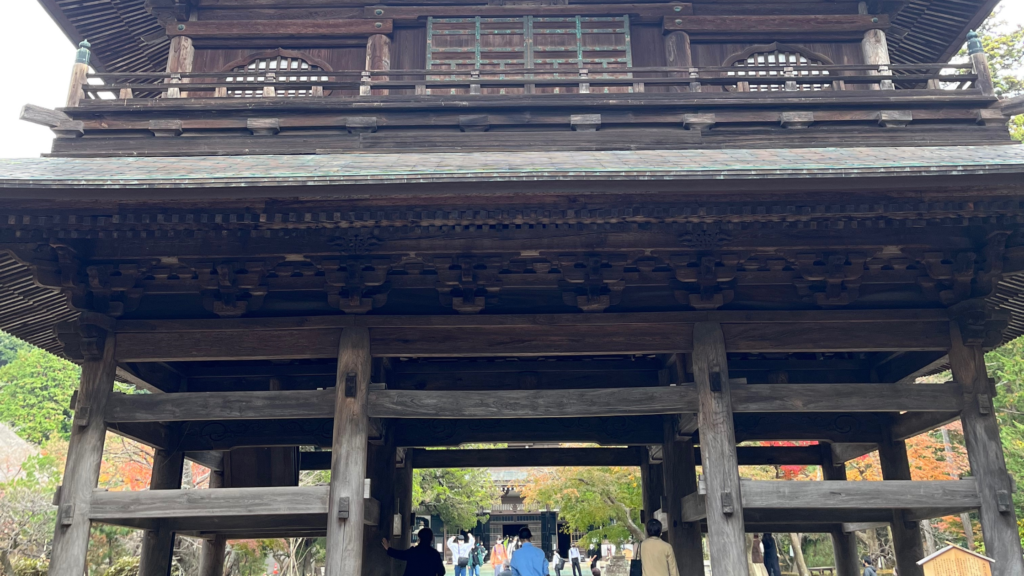
Engakuji is built into the slopes of Kita-Kamakura’s forested hills. The first main structure encountered upon entering the temple grounds is the Sanmon main gate, which dates from 1783. Behind it stands the temple’s main hall, the Butsuden, which displays a wooden statue of the Shaka Buddha. The Butsuden was rebuilt relatively recently in 1964 after the former building was lost in an earthquake.
Meigetuin Temple(明月院)
Meigetsuin Temple (明月院) is a temple of the Rinzai Zen Sect founded in 1160 in Kamakura. It is also known as Ajisaidera (“Hydrangea Temple”) because hydrangeas bloom in abundance on the temple grounds during the rainy season around June. 95% of the hydrangeas here are of the Hime Ajisai (“Princess Hydrangea”) variety; they are thus named because of their pretty blue colors.
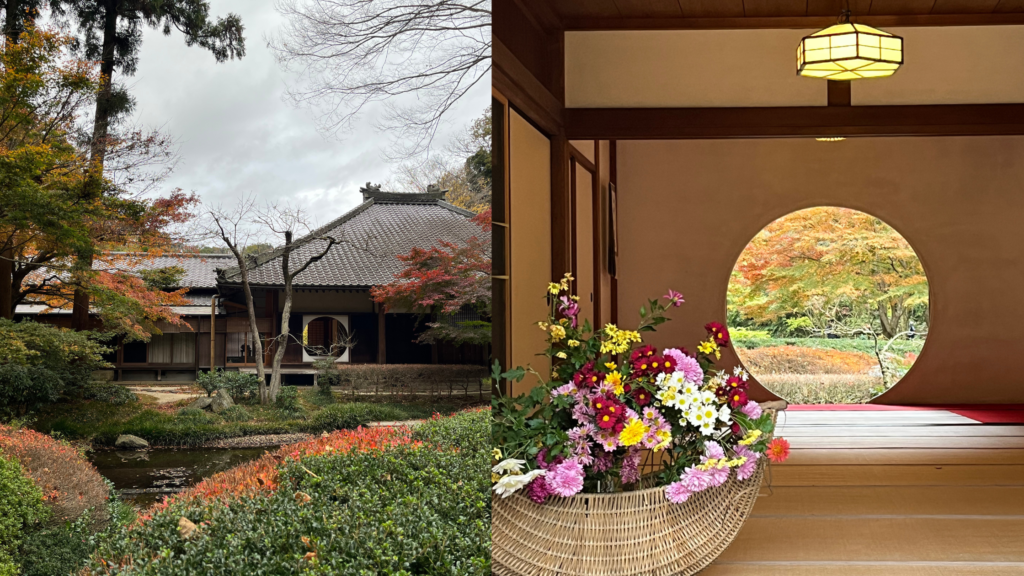
The temple was originally a repose built by a son in memory of his father, who died in the struggle for power between the Taira and Minamoto clans in the late Heian Period. It later became part of a larger temple complex called Zenkoji, which was abolished during anti-Buddhist movements soon after the Meiji Restoration, leaving only Meigetsuin to remain as an individual temple today.
In the back of Meigetsuin’s lush temple grounds stands the main hall (Hojo). The building features a lovely circular window, which frames the scenery of the inner garden behind it. The inner garden is known for its irises. It is open to visitors only during two periods of about two weeks per year: in June when the irises are in bloom, and in late November/early December, when the autumn colors are at their best. An additional admission fee applies.
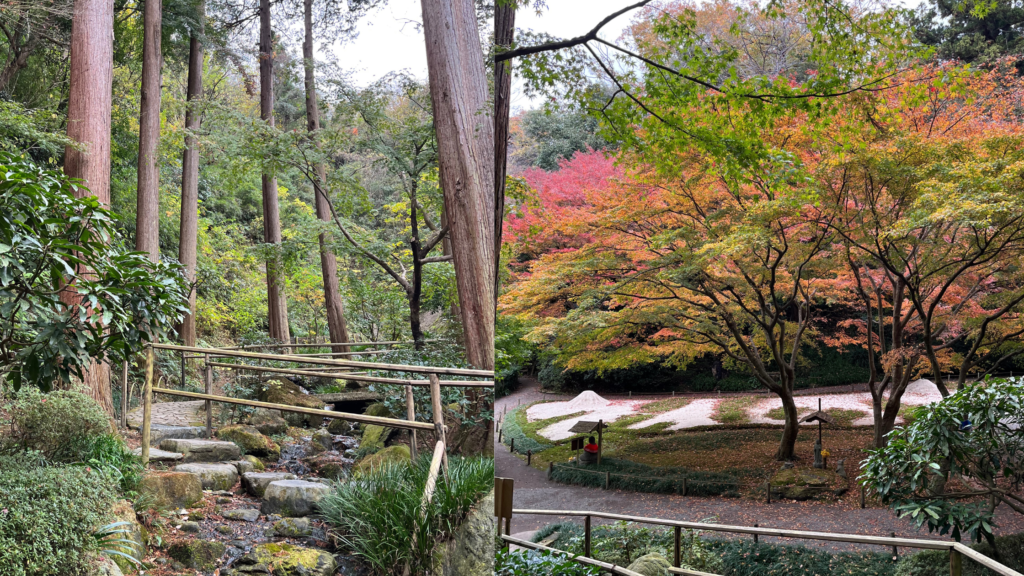
Kenchoji(建長寺)
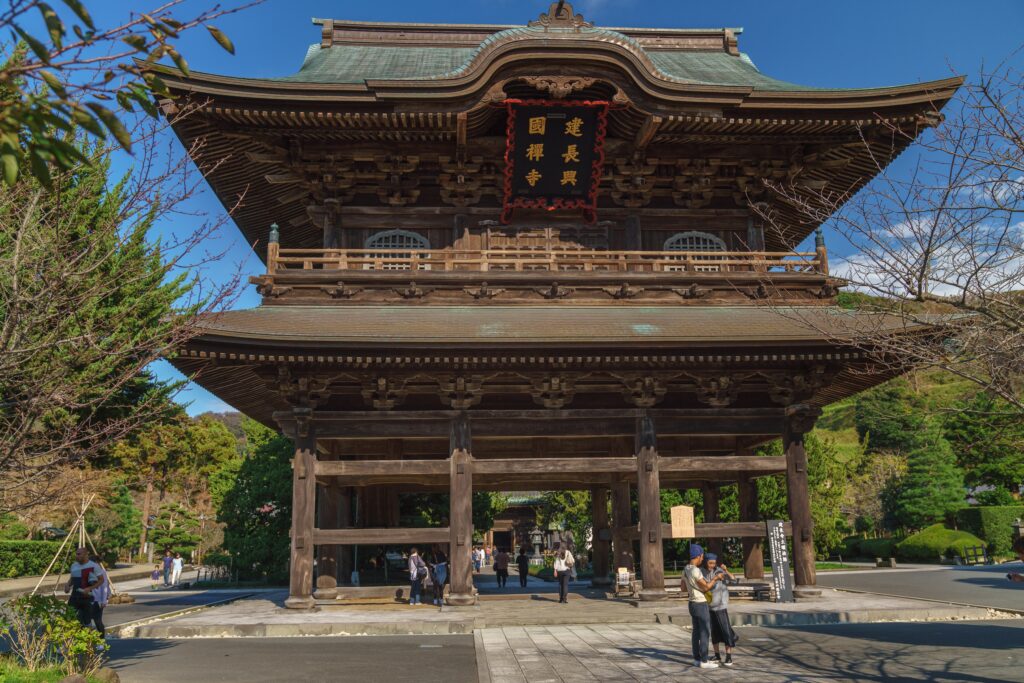
Kenchoji (建長寺, Kenchōji) is number one of Kamakura’s five great Zen temples. The oldest Zen temple in Kamakura, Kenchoji, was founded by the ruling regent Hojo Tokiyori in 1253 during the Kencho Era, after which it was named. Its first head priest was Rankei Doryu, a Zen priest from China.
Although considerably smaller than during its heydays, Kenchoji still consists of many temple buildings and sub-temples. It stretches from the entrance gate at the bottom of the valley far into the forested hills behind. After passing through the Sanmon main gate, visitors will see Kenchoji’s temple bell (Bonsho), designated a national treasure, on their right.
Lunch at a Japanese restaurant
We luckily could reserve Japanese Kaiseki (懐石料理) lunch during the peak season for autumn foliage. It was beautiful, and we filled our hearts with Japanese cuisine.
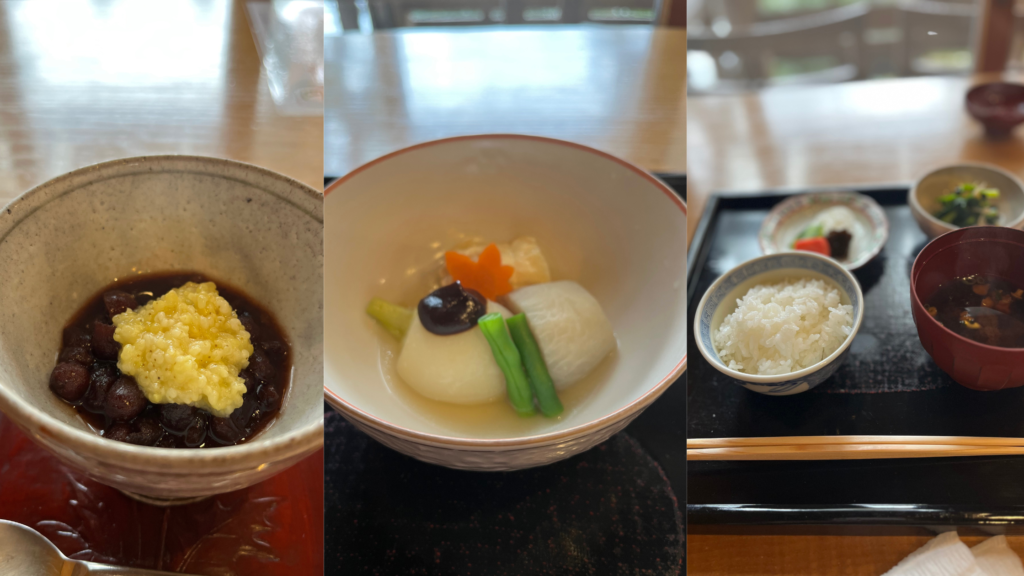
Kita-kamakura Summary
We could see the lovely, beautiful scenery at the end of November. Kita-Kamakura is also famous for the cherry blossoms in April and Ajisai flowers in June. Especially, a slow morning walk felt free and relaxing from the busy Tokyo.
Kamakura is also where you can enjoy the autumn foliage, seasonal flowers, and relaxing wind. It’s a walking and healthy food spot that’s easy to reach from Tokyo, so if you haven’t experienced it yet, why not go there?
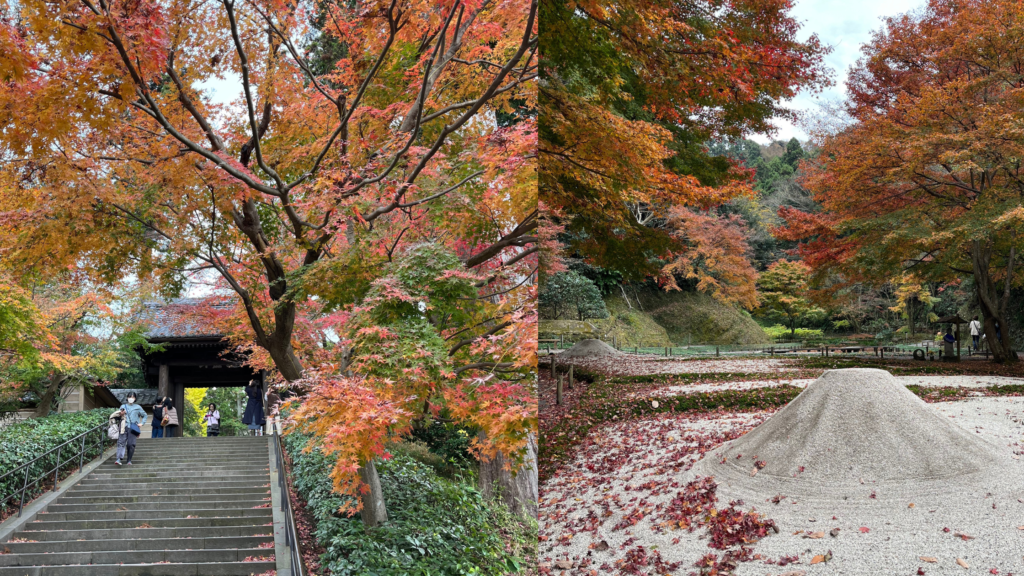
Location: Kamakura, Duration: 5 hours Start Time: 9:00 Back to Tokyo time: 3:00
